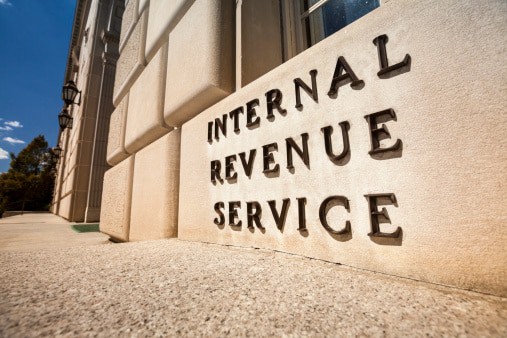Today’s business owners carry many burdens, but tax time can cause a headache like no other. Filing taxes is often a cause of stress for small business owners and those just starting their empires, and with an ever-changing set of rules and regulations to follow, it can be difficult to understand it all. It’s important, though, to pay close attention to changes in tax codes. One change, implemented just this year, is already presenting big benefits for business throughout the U.S.

H.R.1.’s Section 179 was signed into law in January of 2018, marking a change to the previous tax laws followed by business owners throughout the U.S. The IRS 179 Deduction was enacted to help small businesses lessen their taxable income, thereby reducing their tax burden. At its core, the tax code now allows business owners to take a deduction equal to the full purchase price of a qualifying piece of equipment. Not only does this encourage small businesses to invest in new equipment, but to also invest in themselves. Numerous small businesses are already reaping the benefits.
What Does Section 179 Do For Businesses?
Due to its signing, Section 179 will see an increase in deductions from $500,000 to $1 million, while equipment purchases will be subject to an increase of up to $2.5 million. Small businesses ought to take advantage of these new changes by investing in their growth, and one of the best ways to achieve this is through technology.
With these new regulations, businesses are now able to file a deduction equal to the total purchase price of a piece of equipment. Qualifying equipment may include laptops, routers and phone systems, among others. In order to take advantage of these new tax benefits, you’ll need to buy, lease or finance and use your equipment by 12/31/2018.
What Type of Equipment Qualifies?
A wide range of tech items qualify for the deduction, and qualifying equipment doesn’t need to be owned, either. Business owners can still take advantage of deductions even for items that are financed or leased. This includes both hardware and software. One stipulation is that the equipment must hold a service contract for business in order to qualify and that equipment must have been in service between January 1 and December 31 of 2018. If the equipment was purchased under a Capital lease, dollar buyout or cash sale, it still qualifies.
Items eligible for deduction include those that help promote and maintain productivity. To take full advantage of these deductions, businesses ought to invest in equipment with the potential to improve efficiency and security measures. Routers and firewalls, for instance, should be replaced every few years to stay in tune with the most current security standards. Other equipment like scanners and switches, both of which are constantly improved, should be upgraded every few years to maximize productivity. With items like these, newer often means faster, and in a bid for productivity, newer and faster can’t be beaten.
Laptops and ultrabooks are covered by the new tax code, and businesses would do well to frequently upgrade to models that boast longer battery life and other features that can aid in productivity and efficiency. Workstations and additional monitors are also eligible for deductions. To take advantage of this, organizations may want to consider providing a 2nd monitor for employees to further enhance productivity.
This also applies to backup equipment and appliances built for disaster recovery. If your business doesn’t yet have a reliable system in place to keep your business afloat in the event of an emergency, it’s something you should definitely consider.
Other items like storage can also be deducted. Storage Area Networks and Redundant Array of Independent Disks are just two examples of storage systems that are deductible for businesses.
Is There A Bonus Depreciation?
In regard to business tax codes, bonus depreciation can be unpredictable. In 2018, bonus depreciation is being offered at a full 100 %. While the Section 179 Deduction applies to both new and used equipment, the same has not always been the case with Bonus Depreciation. Up until just recently, Bonus Depreciation only covered new equipment. Now, it also applies to used equipment, which has proven useful to large businesses that may surpass the Spending Cap under Section 179, which is currently set at $2,500,000.
Tax codes for businesses can be complicated, but the goal of Section 179 is a simple one: encourage businesses to spend more in order to do more. Businesses large and small would be wise to make the most of these tax benefits and leverage them to plan for the future. A certified accountant can walk you through these changes and help you make educated decisions when investing in equipment for your business.
